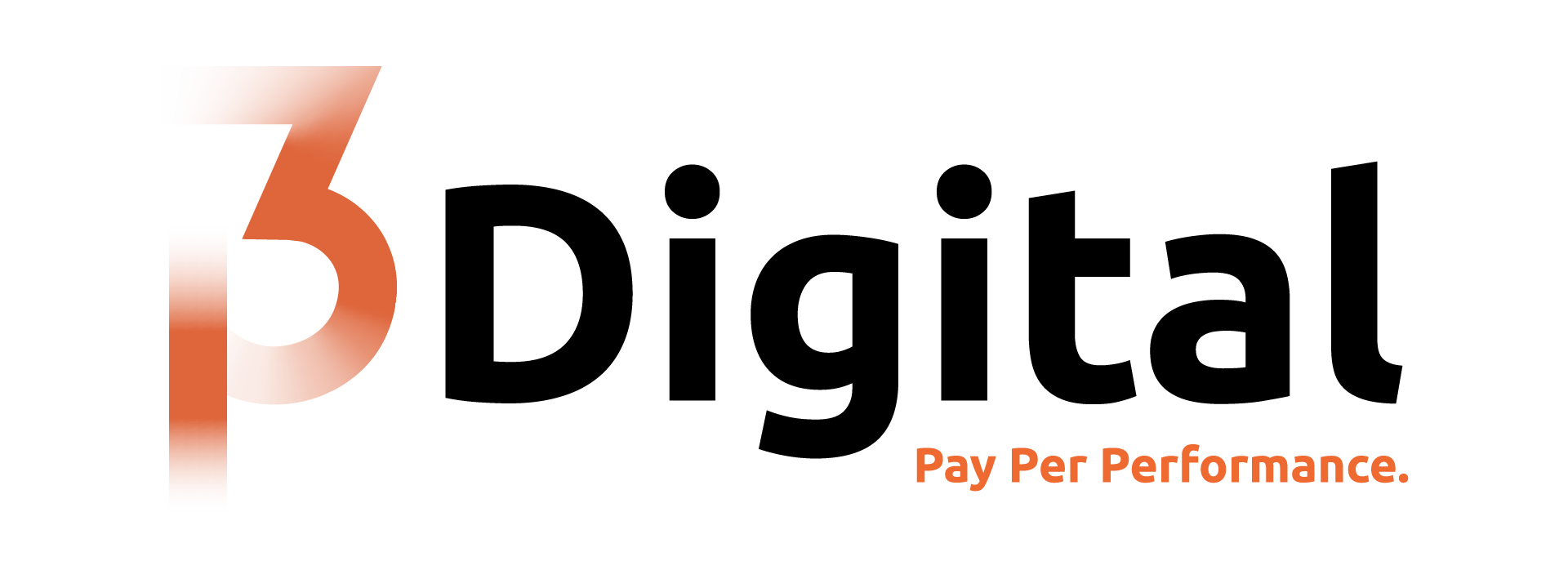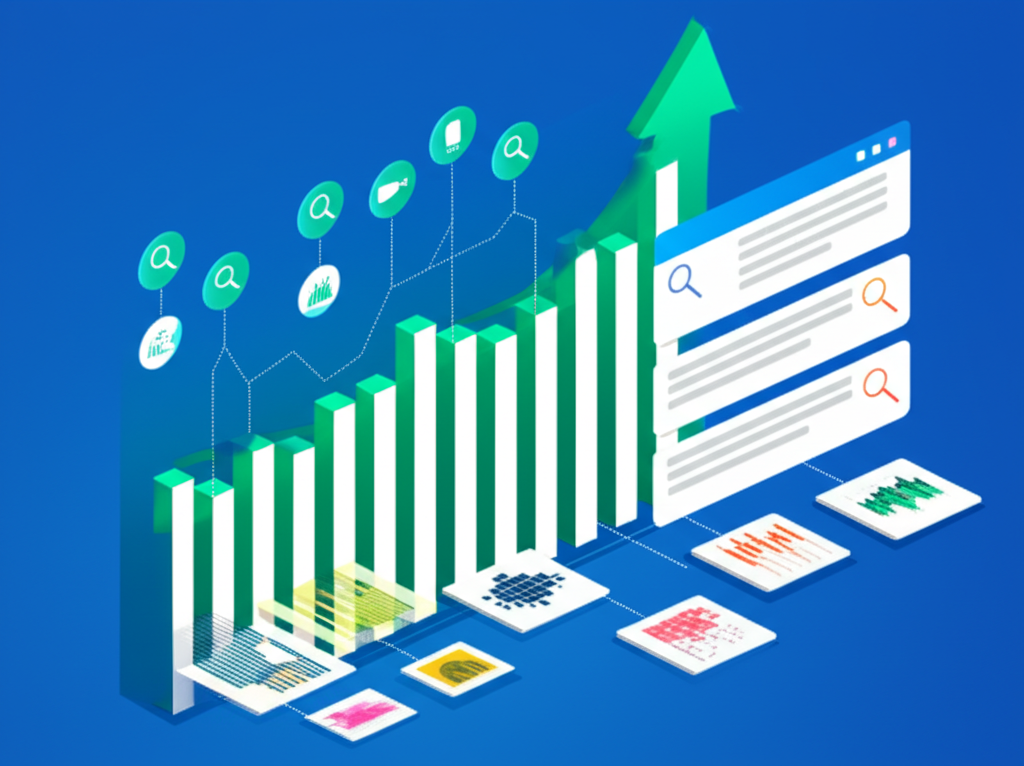Introduction
Despite the rise in Ai, Australian consumers continue to turn to the internet to find local products, services, and businesses. Whether it’s a café in Melbourne or a tradie in Townsville, appearing in local search results is more crucial than ever. That’s where a solid local search marketing strategy comes in. For businesses aiming to grow their presence and attract more foot traffic or enquiries, understanding and mastering local SEO is a must. This guide breaks down the key components of a successful local search marketing strategy tailored to the Australian market.
Key Takeaways
Local search marketing is vital for connecting with nearby customers.
Google Business Profile optimisation, local keywords, and reviews play key roles.
Practical, step-by-step strategies make implementation straightforward.
Summary Table
Strategy | Description | Tools/Resources |
Optimise Google Business Profile | Ensure accurate, complete, and engaging business listing | Google Business Profile |
Local Keyword Optimisation | Use suburb and city-specific terms | Google Keyword Planner, Ubersuggest |
Consistent NAP | Uniform Name, Address, Phone across all listings | Moz Local, BrightLocal |
Online Reviews | Encourage and manage customer reviews | Google, Facebook, ProductReview.com.au |
Local Content | Create blogs and pages about local events/issues | CMS platforms (WordPress, Squarespace) |
Mobile-Friendly Site | Ensure fast, responsive design | Google Mobile-Friendly Test |
Local Link Building | Gain backlinks from local sites | Local directories, partnerships |
Understanding Local SEO and Search Marketing
Local search marketing refers to the process of optimising your business’s online presence to attract more business from relevant local searches. On-page optimization is a critical component of this process, involving essential practices to improve visibility and ranking on search engines. These searches typically include a geographic qualifier (e.g., “near me,” “Sydney plumber”) or are conducted by devices that know the user’s location.
Why it matters in Australia:
With over 90% of Australians using Google for search, being visible in local results means you're showing up where your customers are already looking. For brick-and-mortar stores and service providers, it’s a direct path to more leads and conversions.
Step 1: Claim and Optimise Your Google Business Profile
Your Google Business Profile (formerly Google My Business) is your most important local listing. It's what appears in Google Maps and the local pack.
How to do it:
Visit google.com/business and sign in.
Claim or create your business listing.
Enter complete and accurate information: name, address, phone, hours, website.
Add photos of your premises, staff, and products.
Write a compelling business description with relevant local keywords.
Choose the right categories (e.g., "Carpet Cleaner," "Real Estate Agent").
Step 2: Conduct Local Keyword Research
Identifying the right keywords is a crucial part of your SEO strategy, helping your business appear in searches from your community. Focus on suburb, city, and regional names, plus service terms.
How to do it:
Use tools like Google Keyword Planner or Ubersuggest.
Search for “[your service] + [location]” variations (e.g., "dog grooming Newcastle").
Review competitors’ websites and titles.
Target both short and long-tail keywords.
Use these in page titles, meta descriptions, headers, and body copy.
Step 3: Keep Your NAP Information Consistent
NAP stands for Name, Address, and Phone number. Inconsistencies can confuse search engines and lower your local rankings.
How to do it:
Audit your NAP across your website, social media, directories.
Use the exact same formatting everywhere.
Update all listings when your details change.
Consider using a citation management tool (e.g., Moz Local).
Step 4: Get and Manage Online Reviews
Reviews influence both your local ranking and customer trust. Off-page SEO activities on other websites, such as earning backlinks and linking to relevant information, also play a crucial role in enhancing your site's authority and visibility.
How to do it:
Ask happy customers for reviews via email or in-person.
Provide direct links to your Google review page.
Respond to all reviews—thank positive ones, address negative feedback constructively.
Avoid incentivising reviews (Google may penalise this).
Showcase positive reviews on your website.
Step 5: Create Localised Content
Google rewards relevant, high-quality content—and that includes content that speaks to your local audience.
How to do it:
Write blog posts about local news, events, or success stories.
Create suburb-specific landing pages.
Collaborate with local influencers or groups.
Use local images and references to places or events.
Update your content regularly to keep it fresh.
Step 6: Make Your Website Mobile-Friendly
Many local searches happen on mobile devices. If your site isn’t mobile-optimised, you could be losing business.
How to do it:
Use responsive web design.
Test your site with Google’s Mobile-Friendly Test.
Improve load times by compressing images and limiting plugins.
Ensure buttons and links are easy to click on small screens.
Prioritise content visibility without excessive scrolling.
Step 7: Build Local Backlinks
Backlinks (links to your site from other reputable websites) help signal trust and authority to Google. Search engine marketing (SEM) encompasses both SEO (search engine optimization) and PPC (pay-per-click) strategies aimed at enhancing visibility and attracting traffic from search engines, with SEO focusing on organic strategies and link building as a crucial component.
How to do it:
List your business in Australian directories (e.g., TrueLocal, Hotfrog).
Partner with local charities, schools, or clubs for mentions.
Sponsor community events and request links from their sites.
Reach out to local bloggers and media.
Offer guest posts or testimonials to other local businesses.
Step 8: Leverage Social Media for Local Visibility
Social platforms like Facebook and Instagram are key for connecting with local audiences.
How to do it:
Post regularly about local events or promotions.
Use location tags and relevant hashtags (e.g., #brisbanebusiness).
Engage with followers through comments and messages.
Promote your content with paid local targeting.
Run contests or partnerships with nearby businesses.
Step 9: Monitor Search Engine Rankings and Adjust
You can’t improve what you don’t measure. Regular monitoring of your search engine ranking helps identify what’s working—and what’s not.
How to do it:
Use Google Analytics and Search Console.
Track keyword rankings with tools like Ahrefs or SEMrush.
Check your Google Business Insights for calls, directions, and searches.
Adjust strategy based on performance.
Stay updated with Google’s algorithm changes.
Technical SEO Best Practices
Technical SEO is a crucial aspect of search engine optimization that involves optimizing a website’s technical aspects to improve its visibility and ranking on search engines. Here are some technical SEO best practices to follow:
Site Speed and Performance
Site speed and performance are critical factors in technical SEO. A slow-loading website can negatively impact user experience and search engine rankings. Here are some tips to improve site speed and performance:
Optimize images
: Compressing images can significantly reduce page load times. Use tools like TinyPNG or ImageOptim to compress images without sacrificing quality.
Minify and compress files
: Minifying and compressing HTML, CSS, and JavaScript files can reduce file size and improve page load times. Use tools like Gzip or Brotli to compress files.
Leverage browser caching
: Browser caching allows frequently-used resources to be stored locally on a user’s browser, reducing the need for repeat requests to the server. Use tools like Cache-Control or Expires headers to leverage browser caching.
Use a content delivery network (CDN)
: A CDN can distribute content across multiple servers, reducing the distance between users and website resources. This can improve page load times and reduce latency.
Mobile-Friendliness and Responsiveness
With the majority of internet users accessing websites through mobile devices, mobile-friendliness and responsiveness are critical factors in technical SEO. Here are some tips to improve mobile-friendliness and responsiveness:
Use a responsive design
: A responsive design allows a website to adapt to different screen sizes and devices. Use a responsive design framework like Bootstrap or Foundation to create a mobile-friendly website.
Optimize images
: Optimize images for mobile devices by compressing them and using lazy loading techniques.
Use mobile-friendly fonts
: Use fonts that are optimized for mobile devices, such as Open Sans or Lato.
Test for mobile-friendliness
: Use tools like Google’s Mobile-Friendly Test to test a website’s mobile-friendliness and identify areas for improvement.
Tracking and Measuring SEO Success
Tracking and measuring SEO success is crucial to understanding the effectiveness of SEO efforts and identifying areas for improvement. Here are some key SEO metrics to track and tools to use:
Understanding Key SEO Metrics
Organic traffic
: Track the number of visitors coming from organic search results.
Search engine rankings
: Track a website’s ranking for target keywords.
Conversion rates
: Track the number of conversions (e.g., form submissions, sales) generated from organic traffic.
Bounce rates
: Track the percentage of visitors who leave a website immediately after arriving.
Average session duration
: Track the amount of time visitors spend on a website.
Tools and Resources for SEO Tracking
Google Analytics
: A popular web analytics tool that provides insights into website traffic, behavior, and conversion rates.
Google Search Console
: A free tool that provides insights into search engine rankings, impressions, and clicks.
SEMrush
: A comprehensive SEO tool that provides insights into keyword rankings, backlinks, and technical SEO.
Ahrefs
: A comprehensive SEO tool that provides insights into backlinks, keyword rankings, and content analysis.
Moz
: A comprehensive SEO tool that provides insights into keyword rankings, backlinks, and content analysis.
FAQs
1. What is the difference between local SEO and traditional SEO? Local SEO targets geographically-specific queries (like “plumber in Brisbane”), while traditional SEO focuses on improving visibility for broader, non-location-based searches.
2. How often should I update my Google Business Profile? You should update your Google Business Profile monthly, or whenever there are changes to your address, hours, services, or contact details to maintain accuracy.
3. Can social media impact my local search rankings? Yes. While social signals aren't direct ranking factors, active local engagement can boost visibility, drive traffic, and increase brand trust—all of which support local SEO performance.
4. What are the best practices for responding to negative online reviews? Always respond politely and promptly. Acknowledge the issue, thank the reviewer, and aim to resolve the matter offline to show future customers you take feedback seriously.
5. How do I find the right local keywords for my business? Use tools like Google Keyword Planner or Ubersuggest. Focus on combining your services with suburb or city names—e.g., “roofing Ipswich” or “lawyer Bondi.”


